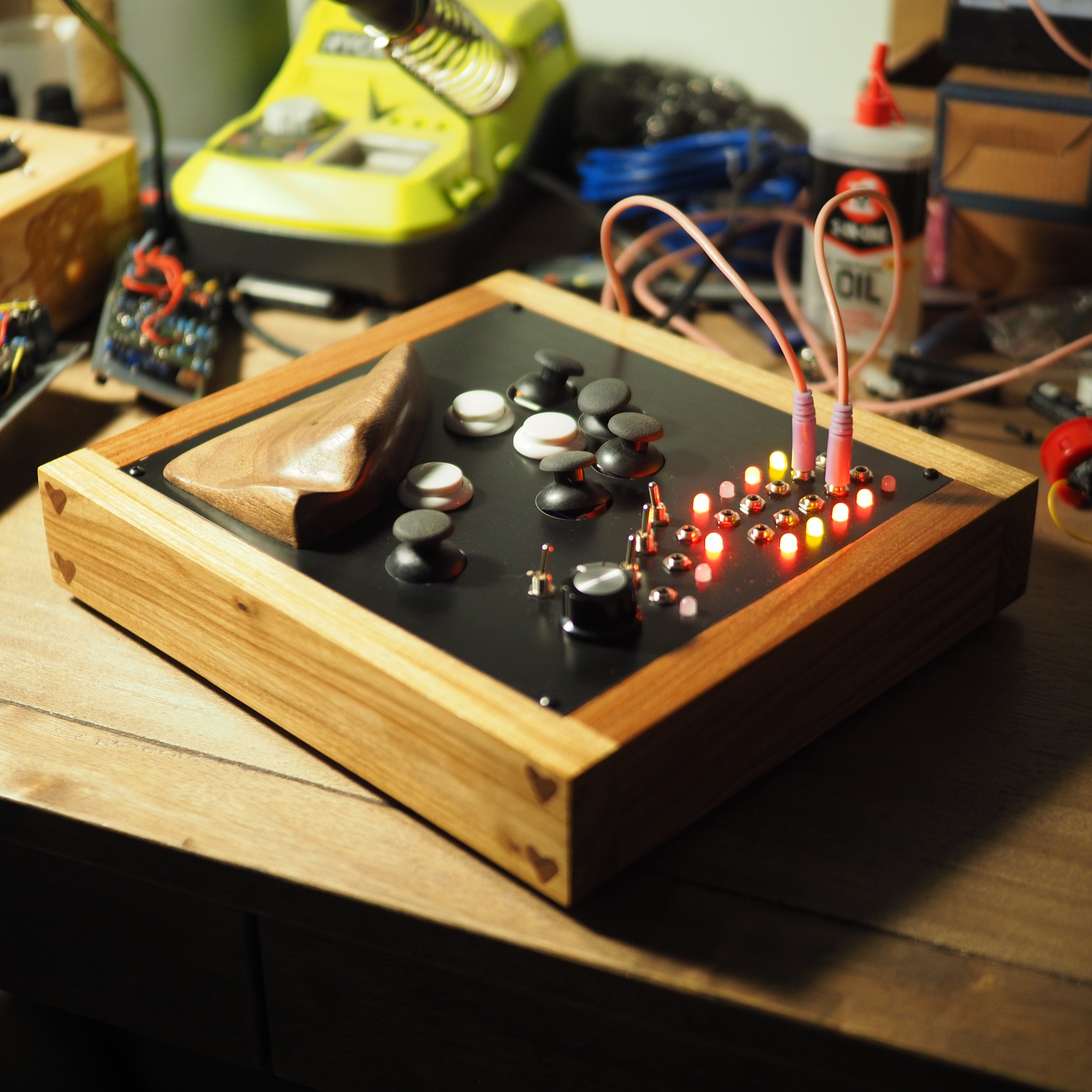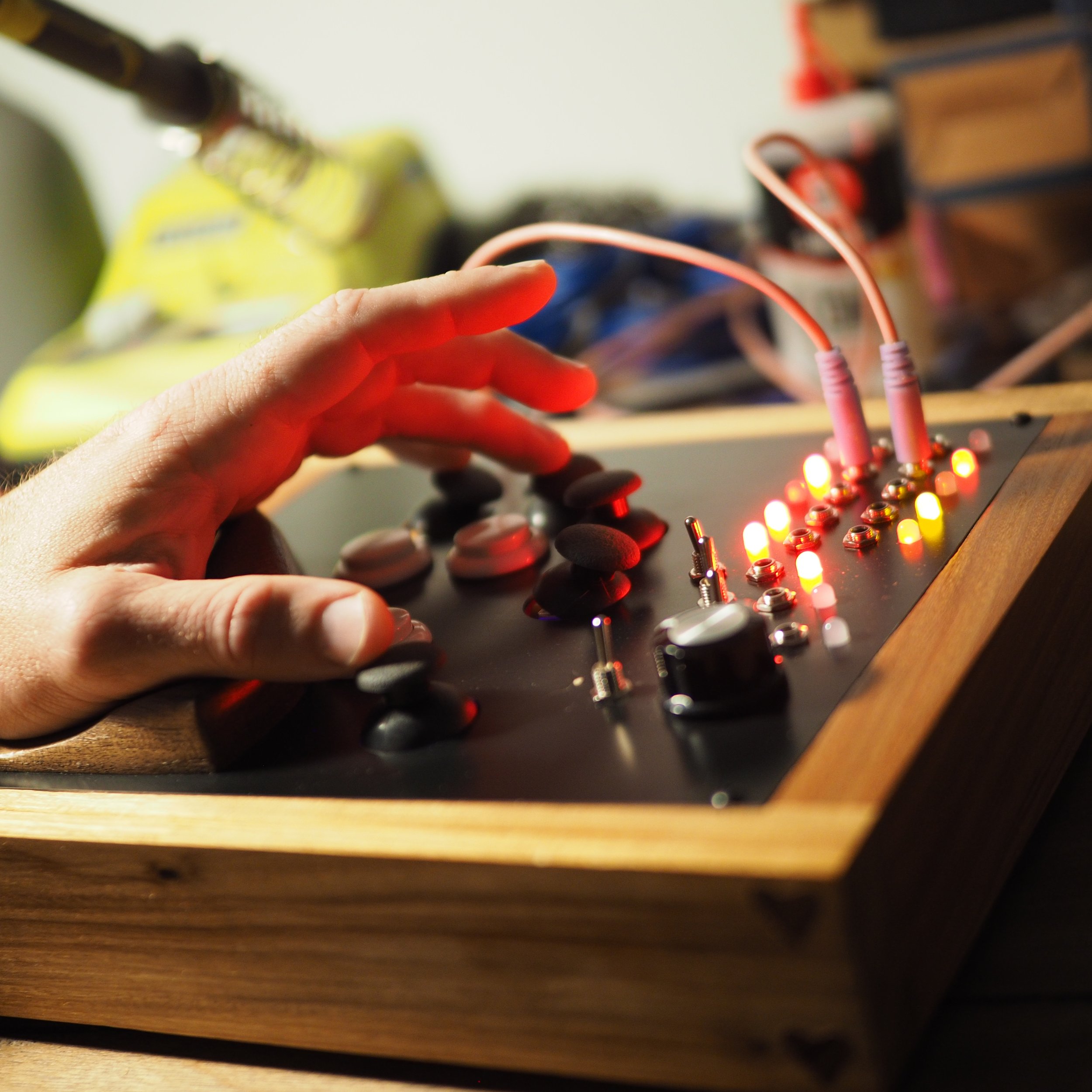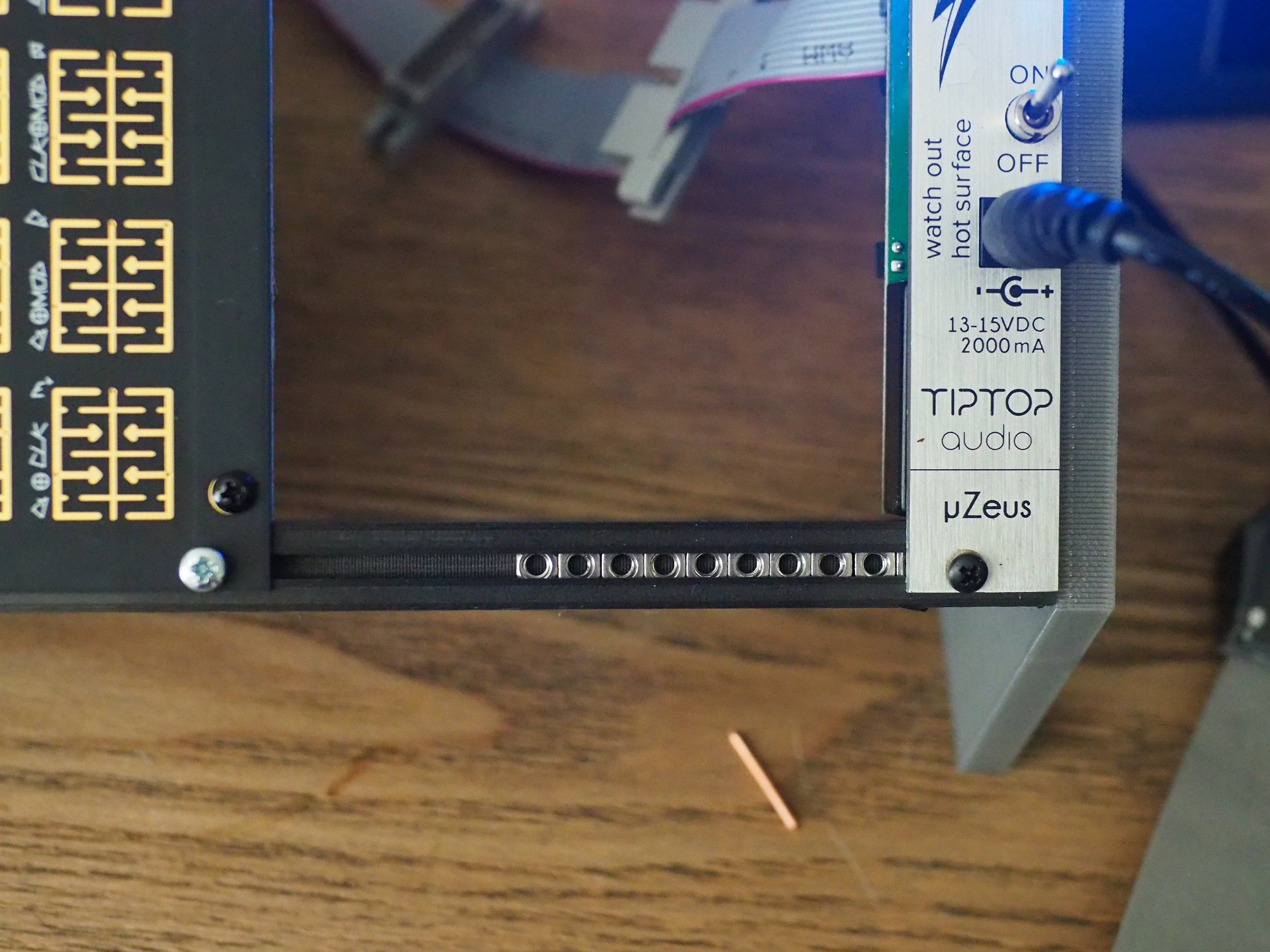Designing the Perfect Euclidean Rhythm Sequencer - Part 1: The Dream
A lot has been said about Euclidean rhythms in the 20+ years since they were first described by Godfried Toussaint, whose brilliant insight further pulled back the curtain separating music from mathematics. When I learned about Euclidean rhythms, it felt like I was uncovering some secret of the universe—that just a few variables can be tweaked and fed into the algorithm to create rhythms underpinning anything from Bulgarian folk songs to Caribbean beats to traditional West African dances (and on and on). It seems simply magical—the perfect fodder for ethnographers, mathematicians, cosmic spiritualists, numerologists, and musicians alike.
That certain “magical” characteristic probably explains the popular emphasis on the ethnographic aspect of Euclidean rhythms, as though there is some unseen adhesive binding all human cultures. Maybe in a narrow sense there is, but it’s not magic (there’s no such thing as magic), and rhythms found in rock, classical, et al., can be recreated with the same algorithm. It’s better to think of math not as an ethereal force that lurks beneath the surface of our cosmic reality, but rather as description of it. And thus, patterns and relationships in nature coincide with geometry and math precisely because these patterns and relationships are what math was conceived of in order to show.
Magical or not, there is something supremely special about Euclidean rhythms. As with any means of automation towards musical ends, a module with voltage control over the three parameters from which Euclidean rhythms are derived (length, steps, and offset) is highly attractive. Manually sequencing patterns is a dull exercise and cumbersome to do on the fly (and usually only so accomplished with lackluster results). Probabilistic pattern generators (derivations of the so-called “Turing Machine” modules) produce more interesting results and with immediacy, but can frequently produce patterns that are, eh… challenging to integrate into musical contexts. To me, Euclidean rhythm generators hit the perfect sweet spot of immediacy and quality of results.
And further, in regards to the appeal of Euclidean rhythms, I don’t think it’s controversial to say that modular synthesists are attracted to novel approaches to musical composition. And, well, Euclidean rhythms are maybe the easiest way to experiment with polyrhythms, juxtaposing rhythms forged from distinct time signature to create complex sequences that seldom repeat. It’s simply glorious to behold!
Consider the following sequence of three Euclidean patterns of 8:2, 6:2, 7:2:
1 0 0 0 1 0 0 0
1 0 0 1 0 0
0 0 1 0 0 1 0 When each pattern is played back-to-back, the sequence as a whole does not repeat for 168 steps (i.e., the lowest common multiple of 8, 6, and 7 but I didn’t check this beyond the most basic math). So if you are structuring a work of music around intervals of 16 steps in 4/4 time (the default of damn near every single drum machine and sequencer I’ve ever seen), you’re looking at a percussion loop ten and half measures long. And that’s before you factor in modulation of the Euclidean parameters.
But let’s be clear: this is not to say that a lack of repetition—or rhythmic complexity, more broadly—is a primary virtue in music (after all, a near-universal characteristic of music is a tendency to repeat to some extent), but these layers of complementary rhythms and their resulting rhythmic complexity opens a few doors to the composer:
It’s just way more interesting to not be rooted to the near-ubiquitous “four-on-the-floor” sorts of rhythms where the entirety of the percussive elements repeat after just a handful of measures. There are some good arguments for anchoring a work of music with simplistic percussion (particularly in genres of dance music), but I hold a conviction that music can be more expressive and varied when untethered from these sorts of patterns. My thoughts on this are still coalescing and I hope to have some more cogent things to say about it in the future.
While we often associate Euclidean rhythms with percussion (especially as nifty phrases inspired by hand drums and similar) I think if we slow it down (way, way down), we’ll see that they can serve brilliantly in, for example, ambient music. Tune a few oscillators to a chord and then gate them each with a Euclidean rhythm and you’ll observe some rather interesting melodic passages emerge. Unlocking Euclidean rhythms’ potential as a tool in a melodic toolkit is an area in which I intend to invest.
Somewhat more practically, layering complementary polyrhythms like those above sets the stage for shifts in time signature—a track might start in 4/4 time, but shift to 3/4 or similar as the emphasis shifts from the first pattern to the second (using the above example). While I don’t think this is an easy trick to pull off, I think layers of Euclidean rhythms can aid such transitions.
So, anyway, Euclidean rhythms are great. What next?
Considering the large assortment of modules dedicated them (and there are many more multifunctional modules, like Ornament and Crime, that support Euclidean rhythms), I suspect I’m not alone in my enthusiasm. Now these various options are chalk-full of attractive features—multiple tracks, CV control over the various parameters, and some even have pattern storage and recall. But they all lack a particular feature (the most enticing one): that I built it myself! And, of course, they all make certain trade-offs that I might not have made, particularly in respect to their size and display.
But before I get into trade-offs, let’s enumerate a wish-list of what I might think of as the perfect Euclidean rhythm sequencer (and I want to stress that “perfect” is contextual; synthesists with different needs might have a complete different list comprising perfection):
Multiple channels. Most Euclidean rhythm sequencers available today have a few tracks. The more the better. One pattern by itself is nice, sure, but for the reasons described above it’s the relationship between stacked patterns that really excites me.
Manual and CV control over each track’s Euclidean parameters. Few, if any, Euclidean sequencers have this, and I think this is a travesty. The aspect of Euclidean rhythms in a musical context is their potential to create new patterns instantaneously at the drop of a hat. With CV control, a chain of patterns can be sequenced and evolve gradually. With CV control, different Euclidean patterns can alter the parameters of others—a great foundation for generative music perhaps.
An easy to interpret display of the patterns. I have a lot of thoughts on this that I’ll save for a future entry. In short, I contend that few (maybe none) of the available Euclidean rhythm sequencers available today display their multiple tracks in a way that highlights the relationship between the generated patterns. This is perhaps in service to keeping modules small (a primary virtue among most Eurorack manufacturers).
Manual and CV over gate length. Just because this is really useful, probably easy to implement, and short-circuits the need for trigger-to-gate conversion.
Reset trigger. Resetting all patterns to the beginning with a single trigger might provide for another layer of rhythmic complexity, but also makes it easy to synchronize with external sequencers.
Probabilistic gates with manual and CV. This might fall into the “nice-to-have” bucket, but speaking as a fan of aleatoric music, I think this makes some sense to include. As with the gate length, this is another feature that can be handled externally with something like Mutable Instruments’ Branches.
Both an internal clock and the ability to sync with an external one. This seems like a pretty obvious feature to have.
MIDI out. I don’t think this would be especially hard to implement in its simplest form, so why not have it? I don’t use very much MIDI in my modular setup, however as I start to expand my horizons, I’ve found MIDI to be something rather nice to have about. A simple TRS MIDI jack should be fine.
Eurorack form factor. Another one I’m a bit on the fence about. It’s not strictly speaking essential to have this, as I sort of envision this as being basically a stand-alone device. But I have extra powered Eurorack cases of what I expect to be an appropriate size and so it would be convenient not to have to build another enclosure.
Again, these are just the things that initially come to mind to satisfy all my needs. I deliberately omitted any size constraints (besides the Eurorack form factor) as I’d rather focus on the functionality. If I only ever build one of these, it’s going to be as big as it needs to be in order to provide the right sort of experience.
Plenty more can be said about the particulars. For example, I have many thoughts about how device’s display ought to look. I shall elaborate in a future post and perhaps talk a bit about the prototype I’ve developed so far. I think this would make a pretty good intermediate electronics project, so if I can get my act together I’ll see if I can get it up on GitHub.




















